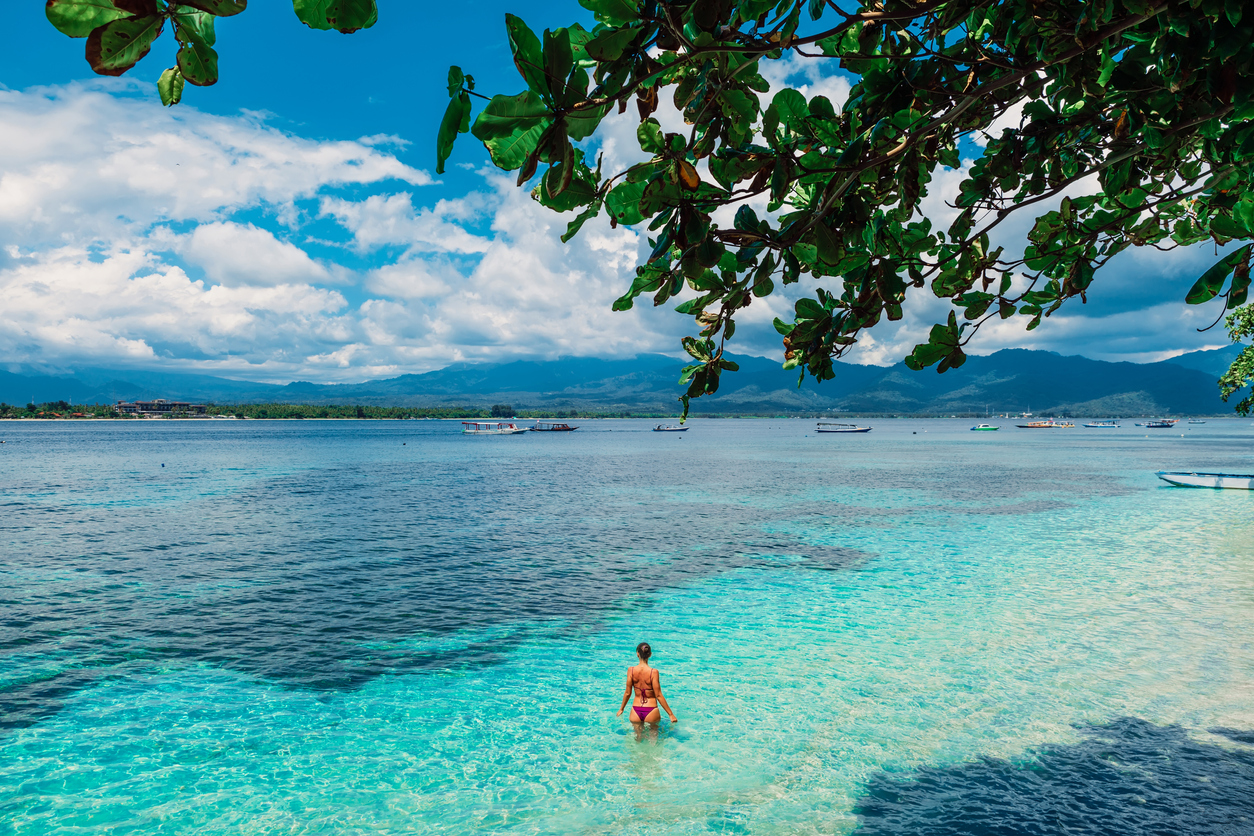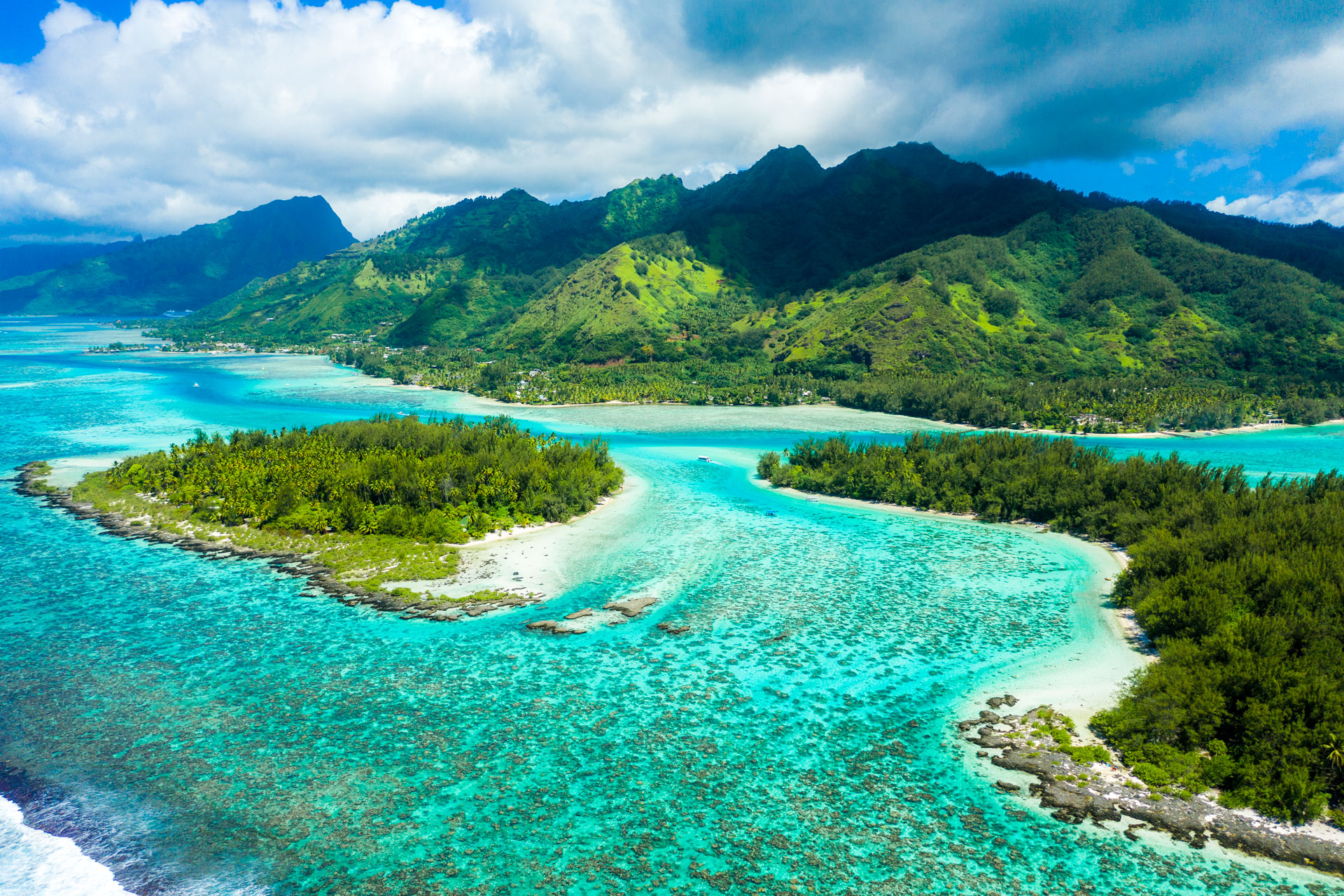Windward Islands Geography

The Windward Islands, an archipelago nestled in the Caribbean Sea, are a captivating tapestry of verdant landscapes and crystal-clear waters. They form the easternmost arc of the Lesser Antilles, a chain of islands stretching from Puerto Rico to Trinidad and Tobago. The Windward Islands are strategically positioned, lying between the Caribbean Sea to the west and the Atlantic Ocean to the east.
Proximity and Relationship
The Windward Islands enjoy close proximity to other Caribbean islands, fostering cultural and economic ties. They lie south of the Leeward Islands and north of the Lesser Antilles. The islands of Guadeloupe, Dominica, Martinique, St. Lucia, St. Vincent and the Grenadines, Grenada, and Barbados constitute the core of the Windward Islands.
Topography
The Windward Islands boast a diverse topography, shaped by volcanic eruptions and the relentless forces of nature. Towering mountains, lush valleys, and rugged coastlines define their landscapes. Volcanic peaks, such as Mount Soufriere in St. Lucia and La Soufriere in Guadeloupe, dominate the skylines, offering breathtaking views. Valleys, carpeted in vibrant greenery, provide a fertile haven for agriculture. The islands’ coastlines are a captivating blend of sandy beaches, rocky cliffs, and secluded coves, inviting exploration and relaxation.
Windward Islands History
:max_bytes(150000):strip_icc()/aerial-shot-of-cruz-bay-st-john-in-us-virgin-islands-165581255-58dea04e3df78c5162cf9584.jpg)
The Windward Islands, a chain of islands in the Caribbean Sea, have a rich and diverse history spanning several centuries. From their pre-Columbian origins to the present day, the islands have witnessed the rise and fall of empires, the transatlantic slave trade, and the development of the sugar industry.
Pre-Columbian Period
Before the arrival of European explorers, the Windward Islands were inhabited by indigenous peoples known as the Kalinago (also known as the Caribs). These people were skilled navigators and fishermen who lived in small villages scattered across the islands.
The Windward Islands, a chain of volcanic islands in the Caribbean Sea, face the relentless force of the Atlantic Ocean. Yet, amidst the constant battering of the wind and waves, they stand resilient. As the beryl projected path approaches, the islands prepare, their inhabitants drawing strength from their ancestors who have weathered countless storms before them.
The Windward Islands, a testament to the indomitable spirit that resides within the human soul.
European Colonization
The Windward Islands were first colonized by European powers in the 16th century. The French, British, and Dutch established colonies on the islands, and they brought with them a system of plantation agriculture that relied heavily on slave labor.
Nestled amidst the azure waters of the Caribbean, the Windward Islands beckon with their verdant hills and vibrant culture. From the volcanic peaks of Dominica to the bustling streets of St. Lucia, these islands exude an irresistible charm. One such soul who found solace in their embrace was Jared McCain , an artist whose vibrant canvases captured the essence of these tropical havens.
His brushstrokes danced across the canvas, evoking the vibrant sunsets and the gentle trade winds that whispered secrets to the palm trees. Through his art, McCain not only immortalized the beauty of the Windward Islands but also shared their spirit with the world.
Transatlantic Slave Trade
The Windward Islands played a significant role in the transatlantic slave trade. Enslaved Africans were brought to the islands to work on sugar plantations, and the islands became a major hub for the slave trade in the Caribbean.
Sugar Industry
The sugar industry was the backbone of the Windward Islands economy for centuries. Sugar plantations were established throughout the islands, and the islands became a major exporter of sugar to Europe and North America.
20th Century
In the 20th century, the Windward Islands began to develop their own political and economic systems. The islands gained independence from their colonial powers, and they formed a regional organization known as the Organization of Eastern Caribbean States (OECS).
Windward Islands Culture
The Windward Islands boast a vibrant and diverse culture that is a captivating blend of African, European, and Caribbean influences. This rich heritage is evident in the islands’ unique music, dance, art forms, and festivals, all of which reflect the rich history and traditions of the region.
Music and Dance
Music and dance are an integral part of Windward Island culture. The islands are renowned for their lively calypso and soca music, which feature infectious rhythms and energetic dance moves. Other popular musical genres include reggae, zouk, and quadrille, each with its own distinct style and flair.
Traditional Windward Island dance forms include the quadrille, a ballroom-style dance with European origins, and the bele, a lively folk dance that originated in Africa. These dances are often performed at festivals and celebrations, showcasing the islands’ rich cultural heritage.
Art Forms, Windward islands
The Windward Islands are also home to a thriving art scene. Local artists create beautiful works using a variety of mediums, including painting, sculpture, pottery, and textiles. Many of these works are inspired by the islands’ natural beauty, history, and culture.
One of the most iconic art forms in the Windward Islands is the basketry. Local artisans weave intricate baskets from natural materials such as straw, palm leaves, and vines. These baskets are not only functional but also beautiful works of art, often adorned with intricate designs and patterns.
Festivals and Celebrations
The Windward Islands are known for their vibrant festivals and celebrations, which provide a glimpse into the islands’ rich cultural heritage. These events are a time for locals and visitors alike to come together and enjoy music, dance, food, and other cultural activities.
Some of the most popular festivals in the Windward Islands include Carnival, a lively celebration held before Lent, and Emancipation Day, which commemorates the abolition of slavery. These festivals feature parades, concerts, street parties, and other events that showcase the islands’ unique culture.
Windward Islands Economy

The Windward Islands, nestled in the Caribbean Sea, boast a diverse economic landscape shaped by their natural beauty, strategic location, and cultural heritage. The islands’ primary industries include tourism, agriculture, and fishing, each contributing significantly to the local economy.
Tourism has emerged as a dominant force, with the islands’ pristine beaches, lush rainforests, and vibrant culture attracting visitors from around the globe. The sector generates substantial revenue and creates numerous employment opportunities in hospitality, transportation, and retail. The Windward Islands’ tourism industry continues to expand, driven by investments in infrastructure and marketing campaigns.
Agriculture
Agriculture plays a vital role in the Windward Islands’ economy, with the islands producing a variety of crops, including bananas, cocoa, and nutmeg. The islands’ fertile soils and favorable climate support a thriving agricultural sector, which provides both domestic consumption and export revenue. The Windward Islands are also known for their production of spices, such as cinnamon and cloves, which add to their economic diversity.
Fishing
Fishing is another important industry in the Windward Islands, with the islands’ rich marine resources providing a sustainable source of food and income. The islands’ fishermen utilize traditional and modern techniques to catch a variety of fish species, including tuna, marlin, and swordfish. The fishing industry not only supports local communities but also contributes to the export market.
Challenges and Opportunities
Despite their economic strengths, the Windward Islands face several challenges, including vulnerability to natural disasters, limited infrastructure, and dependence on imports. However, the islands also possess numerous opportunities for economic growth and diversification.
The Windward Islands’ natural beauty and cultural heritage provide a solid foundation for the expansion of the tourism sector. The islands’ governments are investing in sustainable tourism practices to preserve the environment while promoting economic development. Additionally, the islands’ strategic location makes them attractive for trade and investment.
The Windward Islands have the potential to develop their agricultural sector further, focusing on high-value crops and value-added products. The islands’ fertile soils and skilled farmers can support the production of organic and specialty crops, which can command premium prices in the global market.
The islands’ fishing industry can also be expanded through the adoption of sustainable practices and the development of value-added products, such as processed seafood and fishmeal. By investing in infrastructure and training, the Windward Islands can increase their fishing capacity and capture a larger share of the regional and international seafood market.
The Windward Islands’ economic landscape is poised for growth and diversification. By harnessing their natural resources, developing their human capital, and embracing sustainable practices, the islands can overcome challenges and seize opportunities to create a prosperous and resilient future.
